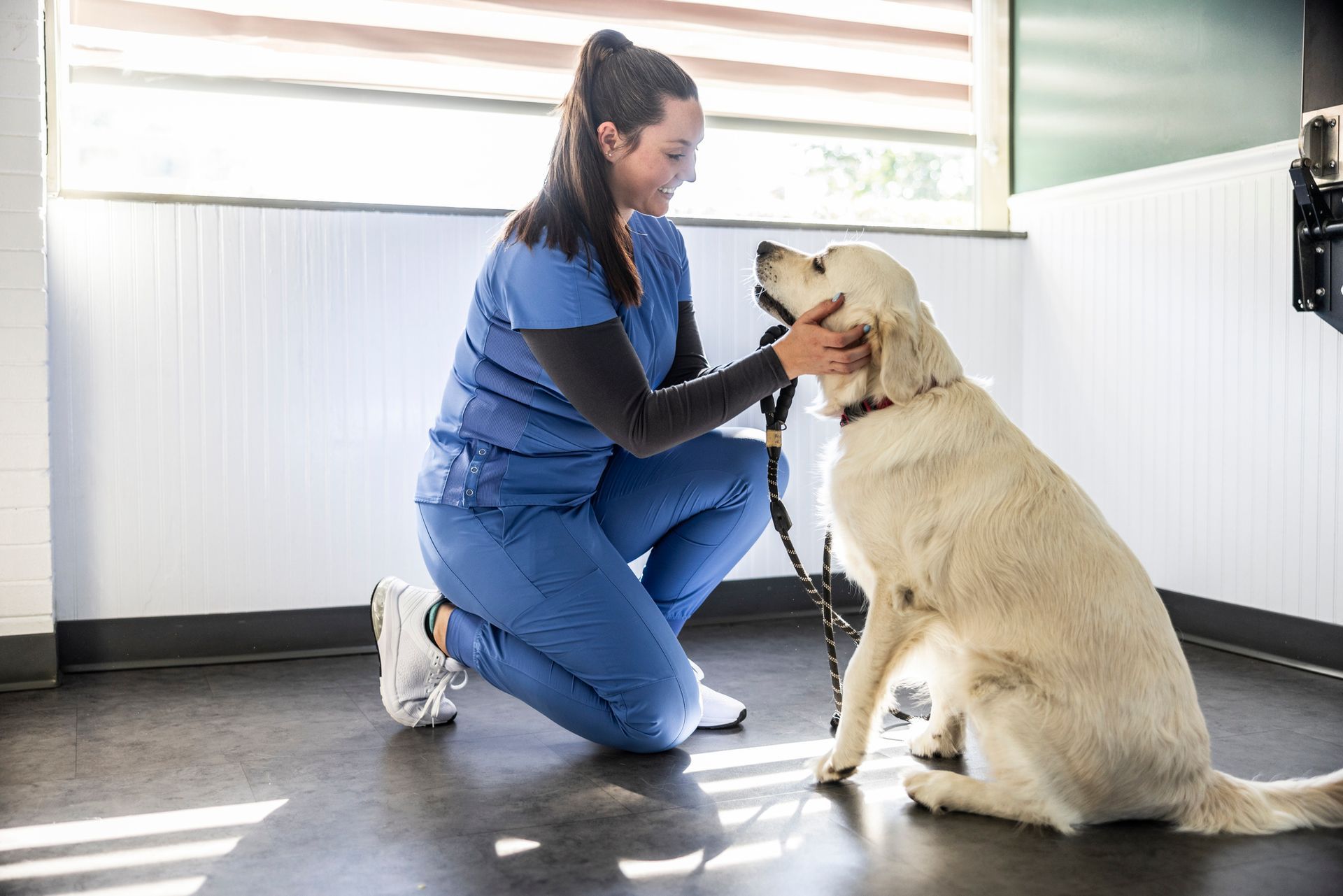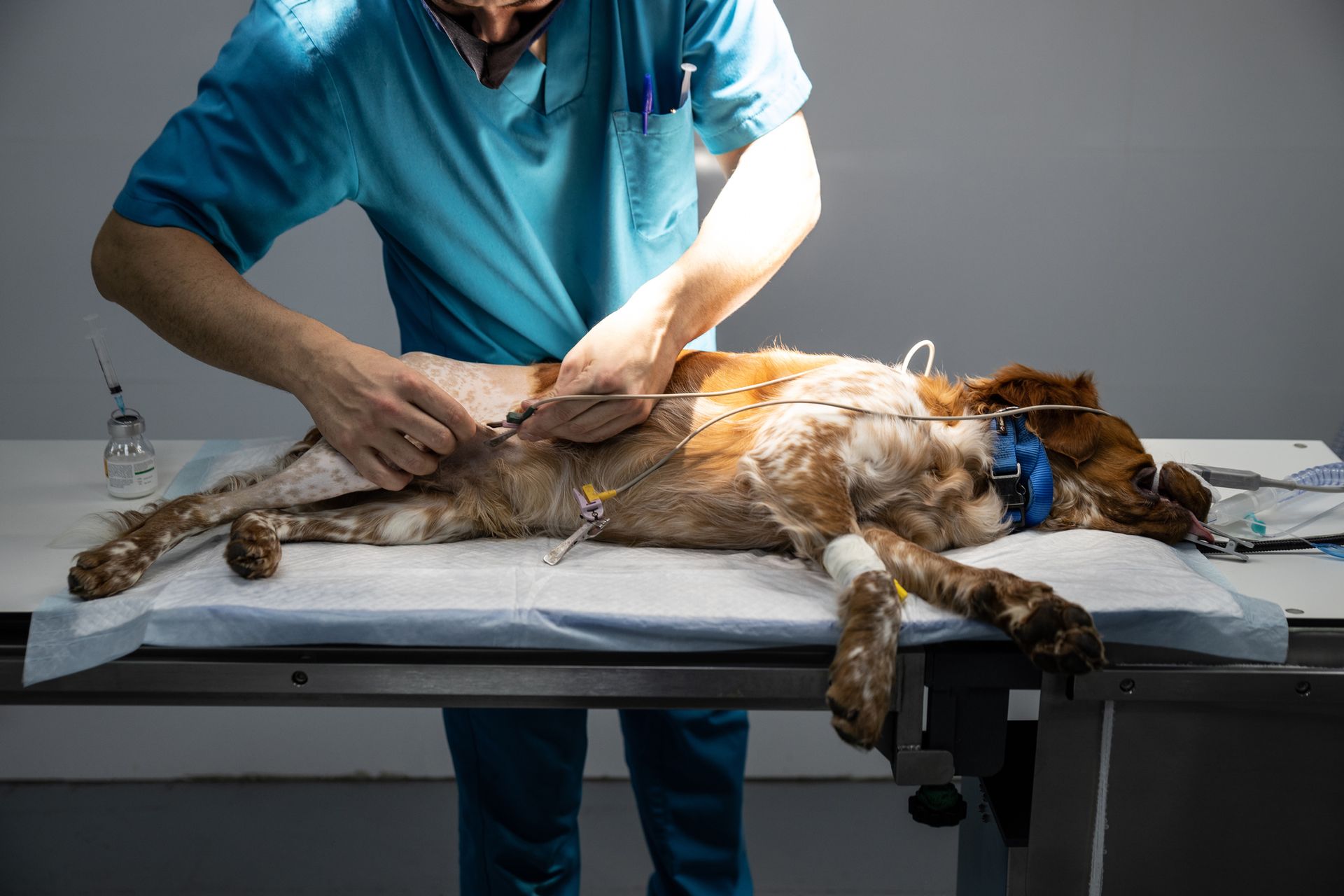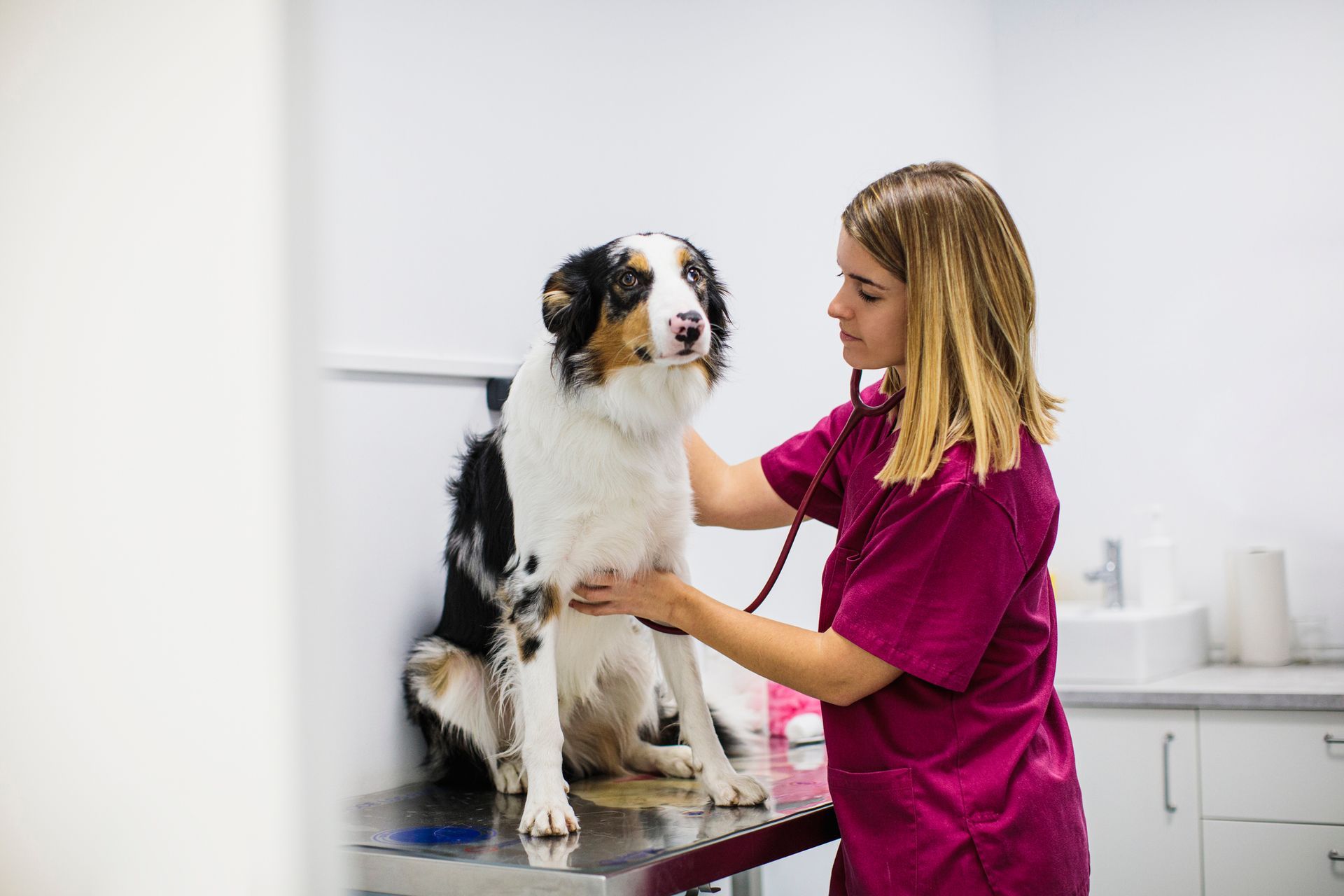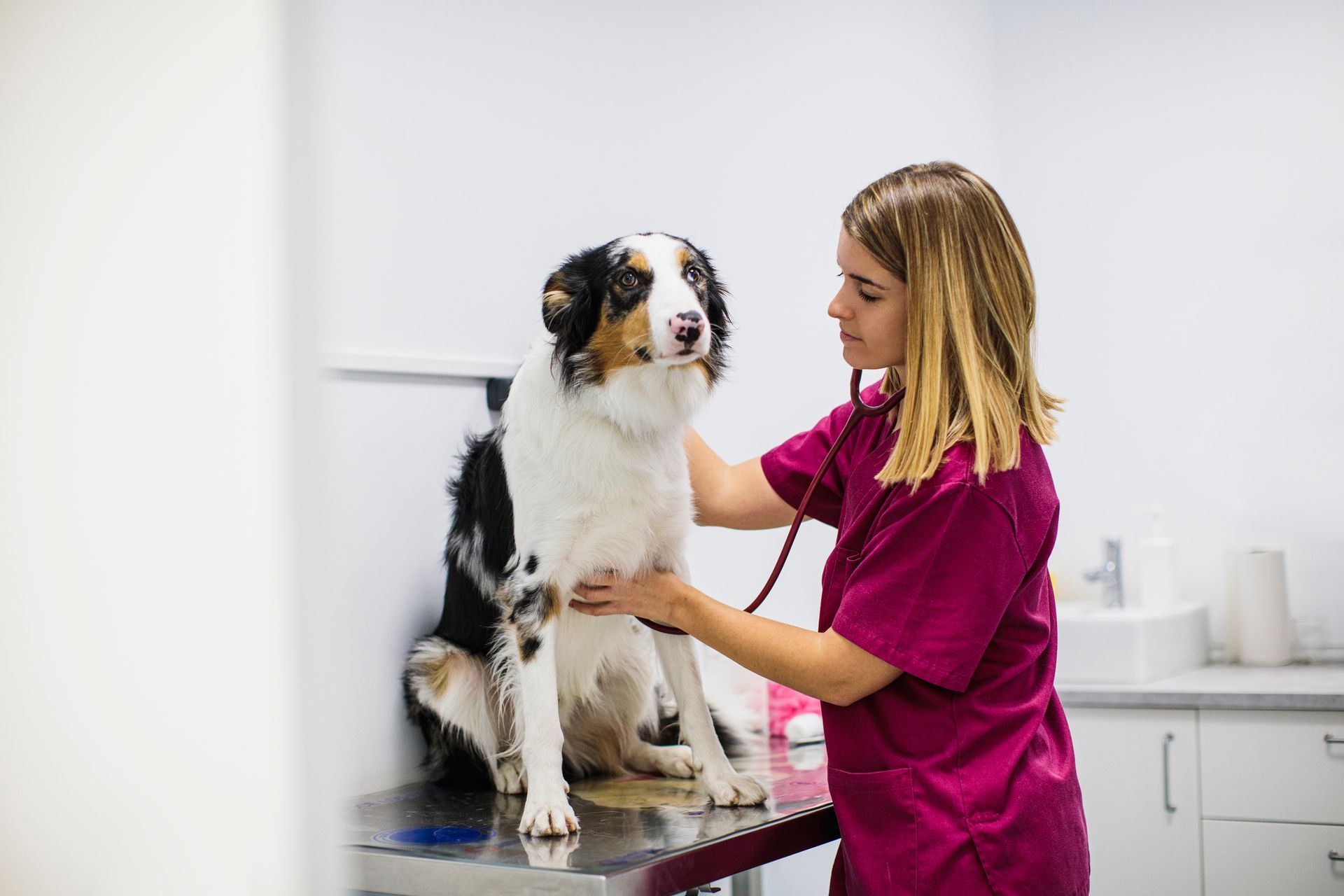Frequently Asked Questions About Pet Microchipping
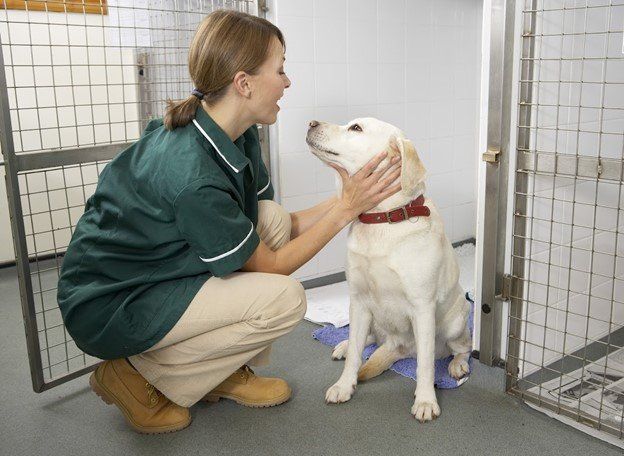
When you adopt a pet, that animal becomes a member of the family. Just as the sudden disappearance of a human loved one can devastate a family, the unexpected loss of your pet can trigger grief, fear, and alarm. Fortunately, you can often find a missing pet if that pet has undergone the procedure known as microchipping.
Even though microchipping has proven its ability to help reunite lost or stolen pets with their owners, many pet owners either don't know much about it or simply neglect to schedule the procedure. If you want to learn about the important benefits of pet microchipping, check out the answers to these frequently asked questions.
What Does Microchipping Involve?
Microchipping involves the injection of an identifying RFID (radio frequency identification) microchip into an animal. A tiny, elongated capsule about the size of a grain of rice contains the microchip. The veterinarian usually installs the microchip just beneath the skin somewhere near the shoulders, where it remains for life.
The microchip contains one critical piece of data: a unique identification number tied to a national pet registry database. When an animal shelter worker aims an RFID scanner at a microchipped pet, the energy from the scanner causes the microchip to transmit this data to the scanner, enabling the worker to contact the owner.
Why Do Pets With Tags Also Need Microchips?
You might assume that pets don't need microchipping if they already wear identifying collar tags. Collar tags do indeed offer the quickest and easiest way for most people who find a pet to track down that pet's owner. However, these tags can also get detached from the collar, potentially leaving your pet impossible to identify.
While you should always make sure your pet wears collar tags displaying contact and vaccination data, you should also get your pet microchipped as a backup identification method. If your pet loses their tags or even their whole collar, someone can still scan them for a microchip and look up your contact information.
Why Does Microchipping Beat Tattooing?
You may have heard about tattooing as another backup solution to collar tags. In this approach, your veterinarian first sedates your pet and then tattoos an identification code onto a shaved area of skin. This option enables people to view and look up your pet's ID even if they don't have access to a scanner.
Unfortunately, tattoos have their disadvantages as well. They fade over time and can easily get covered by new fur, making them as good as invisible to anyone trying to identify your pet. By contrast, microchips can do their job perfectly for many years without losing their data, breaking down, or requiring an internal power source.
How Well Does Microchipping Work?
Microchipping can dramatically boost pet owners' chances of finding their missing best friends. Research shows that 52 percent of microchipped dogs brought to shelters get reunited with their owners, as opposed to just 22 percent of dogs without microchips. In other words, this simple procedure raises your odds of finding your lost dog by 238 percent.
If you own a cat, you have even more reason to microchip them than if you had a dog. Only two percent of cats brought to shelters without microchips get recovered by their owners once they go missing. However, 38 percent of microchipped cats get returned to their owners.
What Should You Expect During and After the Procedure?
The installation of a microchip shouldn't create any more discomfort than a routine blood draw. Your pet will feel a pinch as the veterinarian gives the injection. The injection doesn't usually cause any complications, although a tumor can develop at the injection site in extraordinarily rare cases.
Pet microchipping typically costs $50 or less. Ask your veterinarian whether you can save money by combining this procedure with other steps in a routine exam, spay or neuter surgery, vaccination update, or other wellness procedure that already includes standard office fees.
Bear in mind that your pet's microchip, like a collar tag or tattoo, will only help you find your pet as long as it points toward the correct contact information. If you change your address or phone number, you need to update that information with the national registry that issued your microchip.
How Early Should You Microchip Your Pet?
The sooner you microchip your pet, the sooner you can feel better about your odds of recovering them should they go missing. Technically, pets of any age can safely receive microchips. However, puppies usually tolerate the procedure more comfortably after they've reached seven to eight weeks of age.
South Seattle Veterinary Hospital can microchip your pet to help increase your chances of finding them after they get stolen, wander off, or otherwise go missing. Contact our animal hospital today to schedule microchipping either as a standalone appointment or as part of your pet's next routine evaluation.


